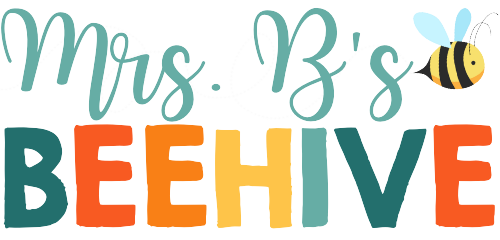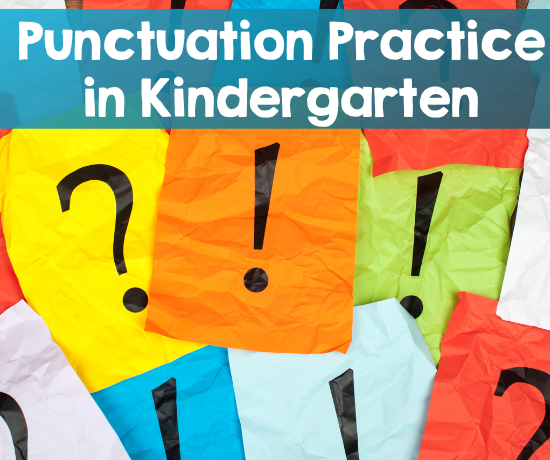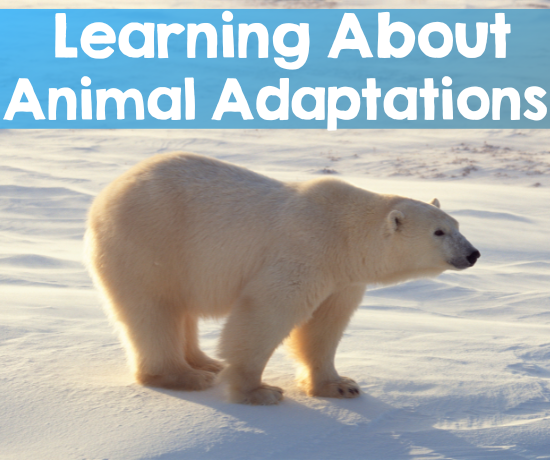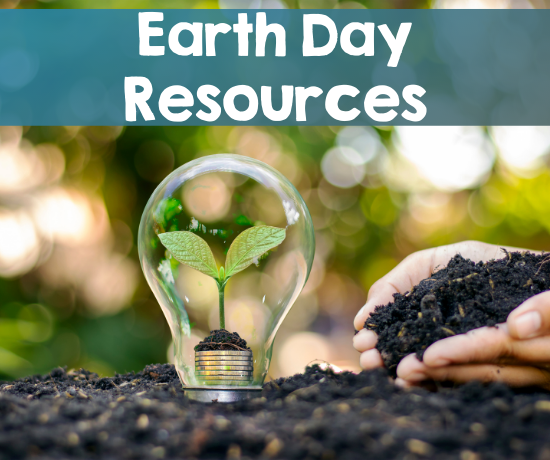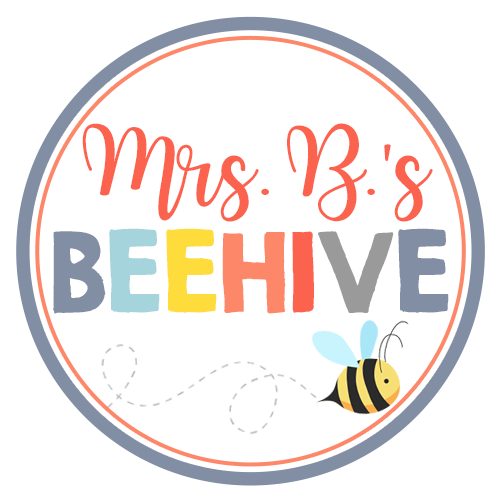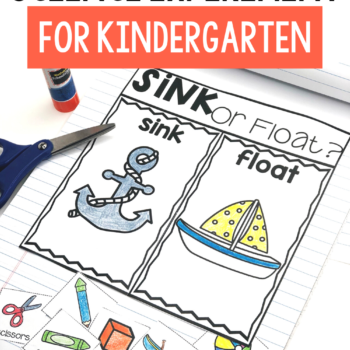Teaching about whether objects will sink or float is one of my favorite kindergarten science lessons. The kids also love it because getting to stick your hands in a tub full of cold water ranks right up there with jumping in puddles, and just feels like something you shouldn’t be doing in school.
Prior Knowledge
We begin our lesson by discussing what it means to sink and what it means to float. We talk about what we already know about the subject and list some objects that we know from our own personal experience that will sink or float (i.e. boat, canoe, rock, etc.)
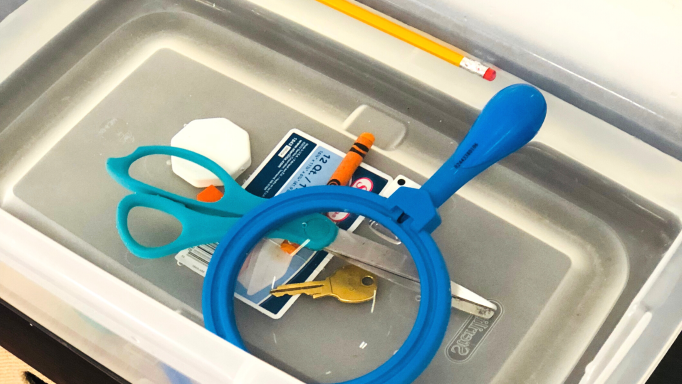
I was snooping around Amazon for a good sink vs float book when I came across the one in the picture below. I was pleasantly surprised by it!
My kids really enjoyed it and asked me to read it multiple times. I’m slightly ashamed to admit that I learned new things after reading it as well! I’ve also compiled a list of the best science books for kindergarten that you might want to check out!
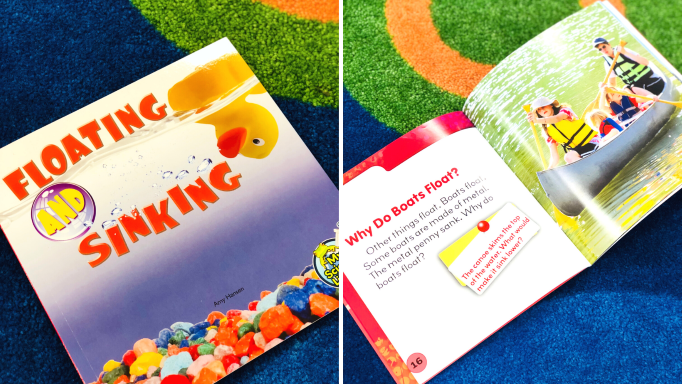
Floating and Sinking gives the students great information on the concept of floating and what an object needs to achieve it. It has great pictures, and I found it to be the perfect amount of explanation on the concept at the kindergarten level.
Sink or Float Experiment
After we read the book, we experimented with some objects in our classroom. We use objects that can easily be found around the classroom. This experiment requires little prep which is important (especially on those days that I have a lot on my plate) #everyday.
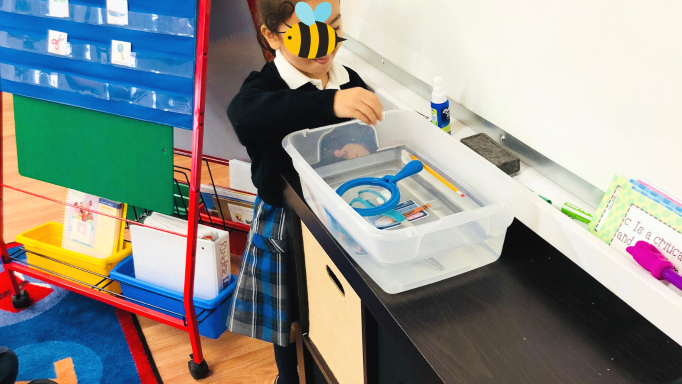
I begin by collecting all of the materials and filling a large plastic container with water. Then I hide the large container of water. We all know the immediate thought a kindergarten student has when they see a bucket of water – I must stick my hand in it!
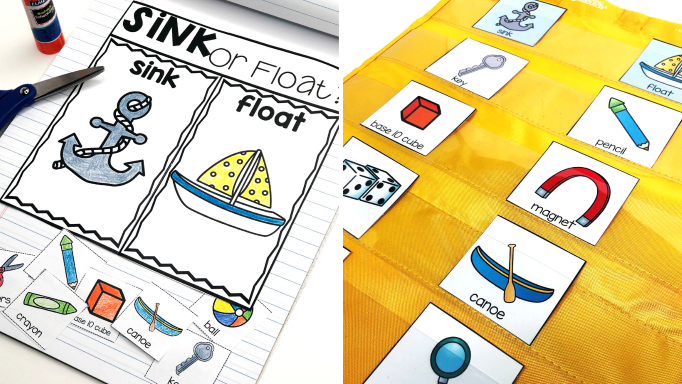
Assessment
As we test different objects we use the sorting cards in a pocket chart to keep track of our learning. At the end of the lesson, we complete a sink or float assessment in our interactive notebooks.
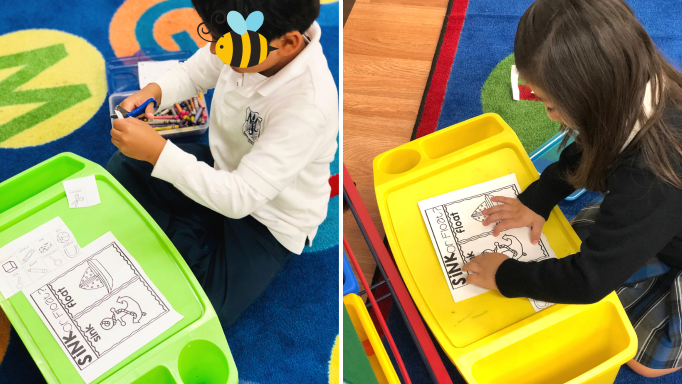
If you are interested in more assessments like this, check out my Kindergarten Interactive Science Journal!
If you would like a free copy of this sink or float resource just fill out the form below:
Here are some other science resources on my website that you might enjoy:
